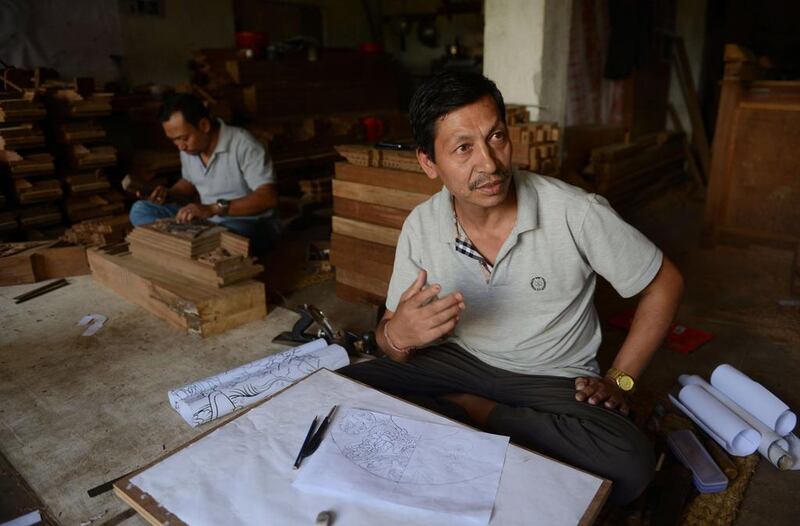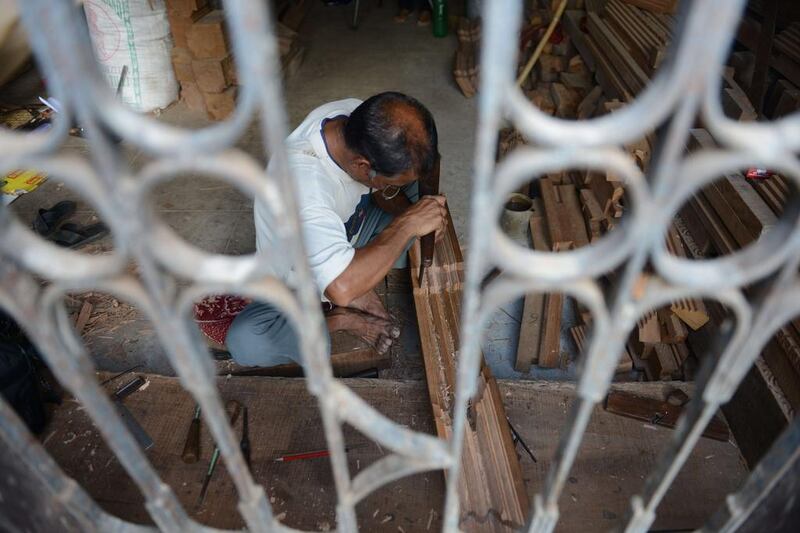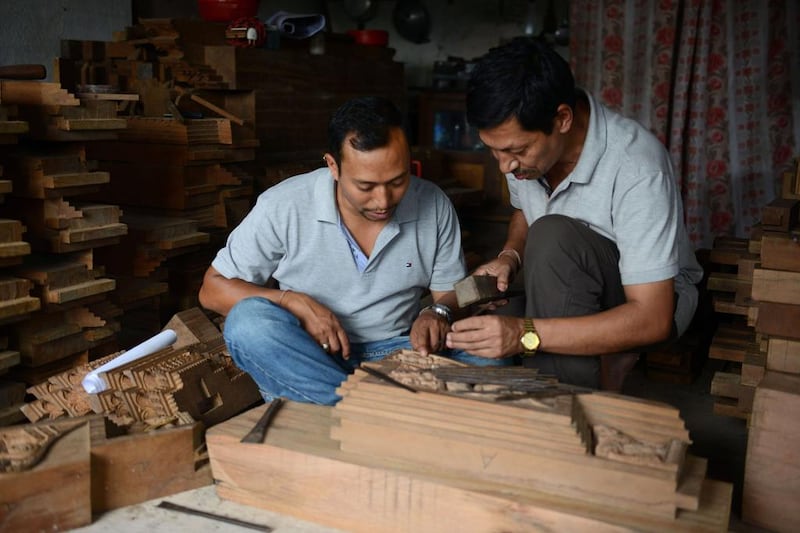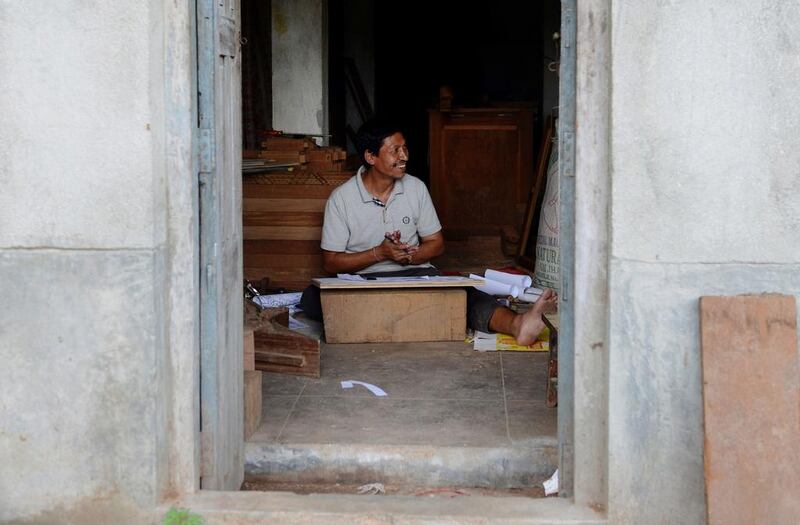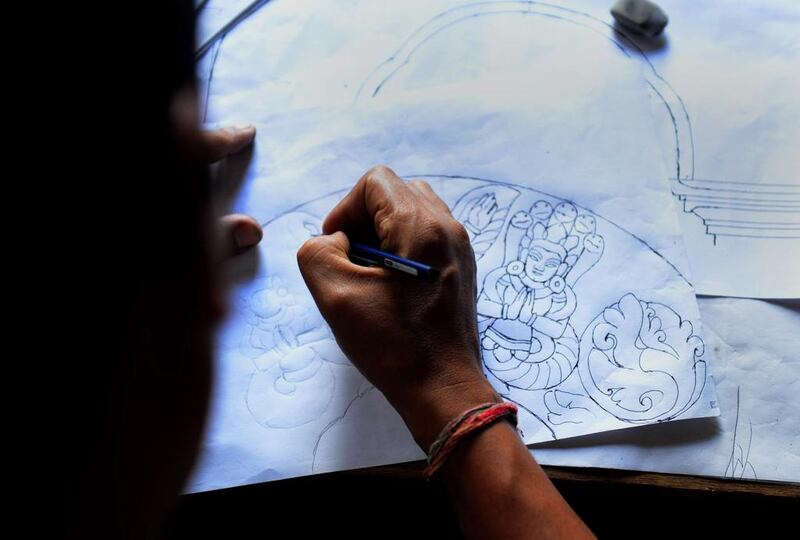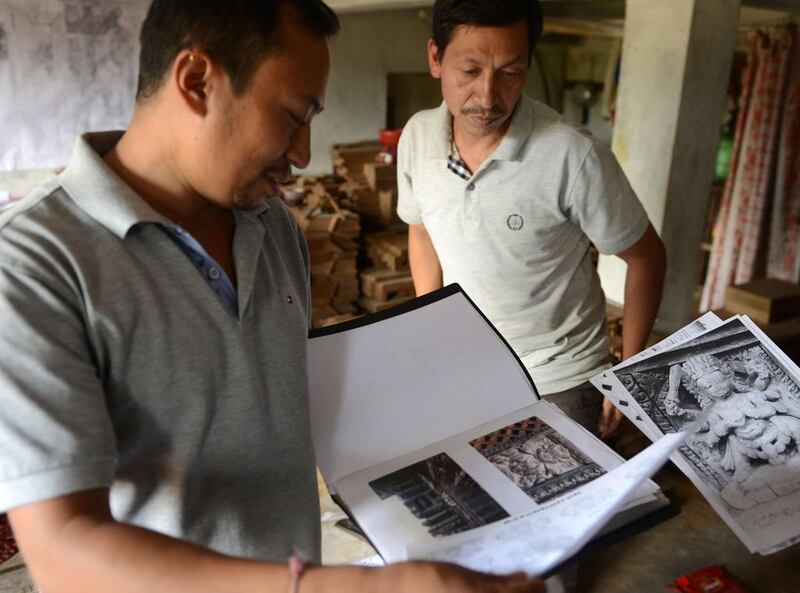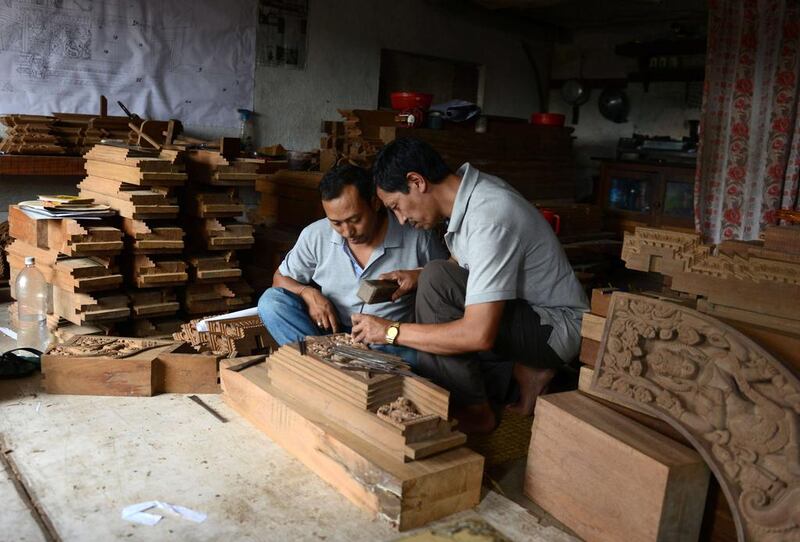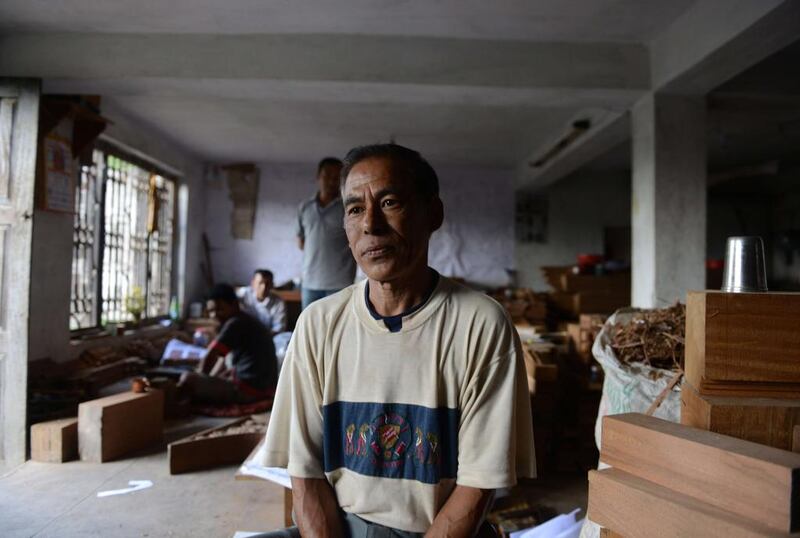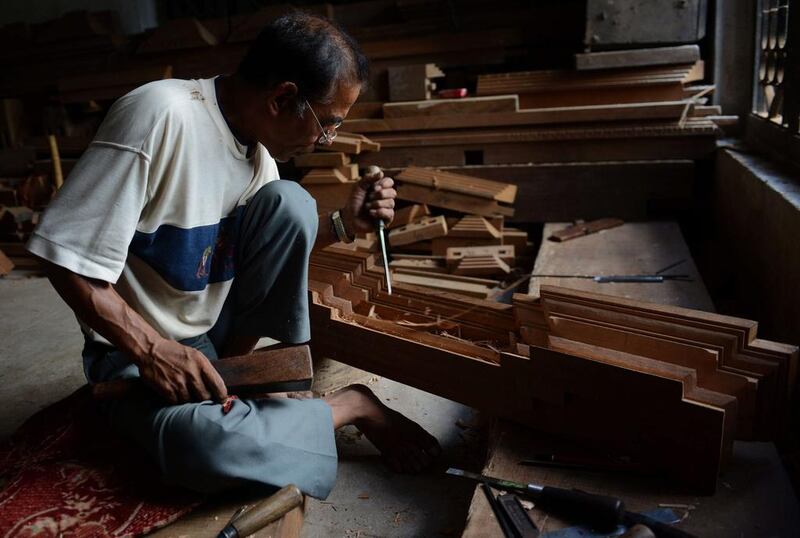When Nepal was hit by a major earthquake on April 25 news of the disaster made headlines around the world – as much for the 22 climbers, including a Google executive, killed on Everest as for the 8,800 Nepalese who died.
The story has faded from international focus but those brief, violent minutes and many aftershocks left a trail of destruction that will take many years to fix.
Much of the responsibility for repairing the country’s temples and palaces, buildings of cultural importance that are also a vital source of tourist income, falls to a small group of highly skilled craftsmen.
The wood carvers, stone sculptors and metalworkers who made the spectacular temples and palaces of the Kathmandu Valley were once feted as far away as China, and paid handsomely from the royal purse.
But over the decades their social status has fallen, along with the money they are able to earn from their craft. Many young Nepalis have rejected the family trade to seek better paid work, leaving the country short of skills crucial to rebuilding the centuries-old monuments.
It is a problem made worse by the fact that these crafts have historically been the exclusive and jealously guarded preserve of a few families belonging to the Newar ethnic group indigenous to the valley.
Indra Kaji Shilpakar, 52, a master craftsman who learnt at the hands of his father and uncle as a young boy, is one of a dying breed.
A slight, softly spoken man, he says all of his male relatives as far back as anyone can remember have worked with wood, producing the intricately carved panels that grace Nepal’s temples and traditional homes.
“Even in my own family there are people who have not continued with the work that requires a high level of skill, because it doesn’t pay,” says Mr Shilpakar, whose uncle’s family moved into the more lucrative furniture business. “There isn’t much respect in Nepal – we are considered as workers, not artists.”
The United Nations cultural agency Unesco, describes the stone, timber and bronze craftsmanship of the Newars as among the most highly developed in the world.
Many of the palaces and temples they created date back to between the 12th and 18th centuries when the Kathmandu Valley, a World Heritage site, was divided into the three kingdoms of Kathmandu, Patan and Bhaktapur.
The mammoth task of rebuilding the valley has been delayed by the monsoon and by a constitutional crisis that has held up a US$4.1 billion (Dh15.05bn) reconstruction fund.
Kai Weise, a Unesco heritage expert, believes that when Nepal does rebuild, a shortage of skilled craftsmen will be a key impediment.
We are trying to get the government to acknowledge the importance of artisans and set up some kind of system,” Mr Weise says. “We need to find the master craftsmen and get them to train new artisans.”
Conservationists are optimistic that at least some of the monuments can be restored, as happened after the last major quake that hit the valley in 1934.
Mr Shilpakar is determined to do all he can to help Nepal rebuild its architectural treasures.
“You feel pride when you look at a temple you have worked on,” he says. “There’s a satisfaction in doing something for your country.”
newsdesk@thenational.ae
